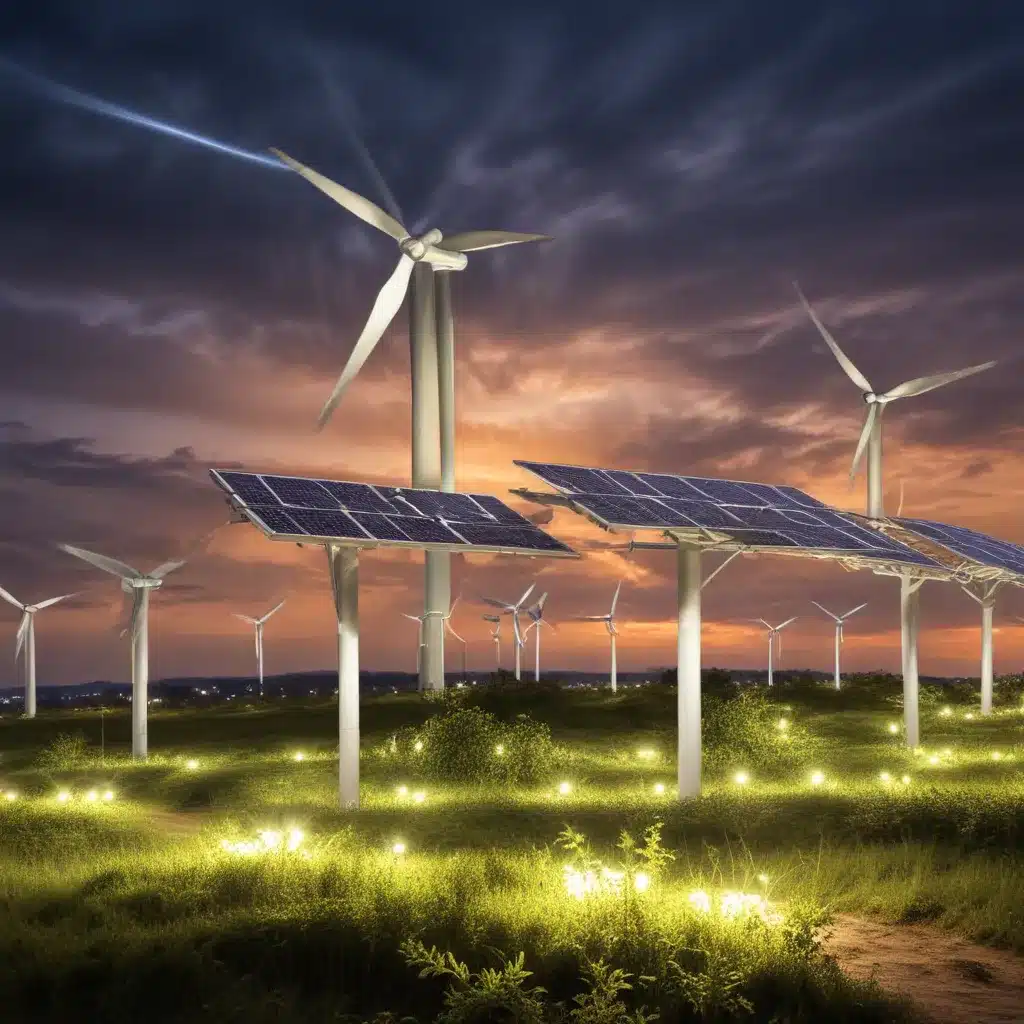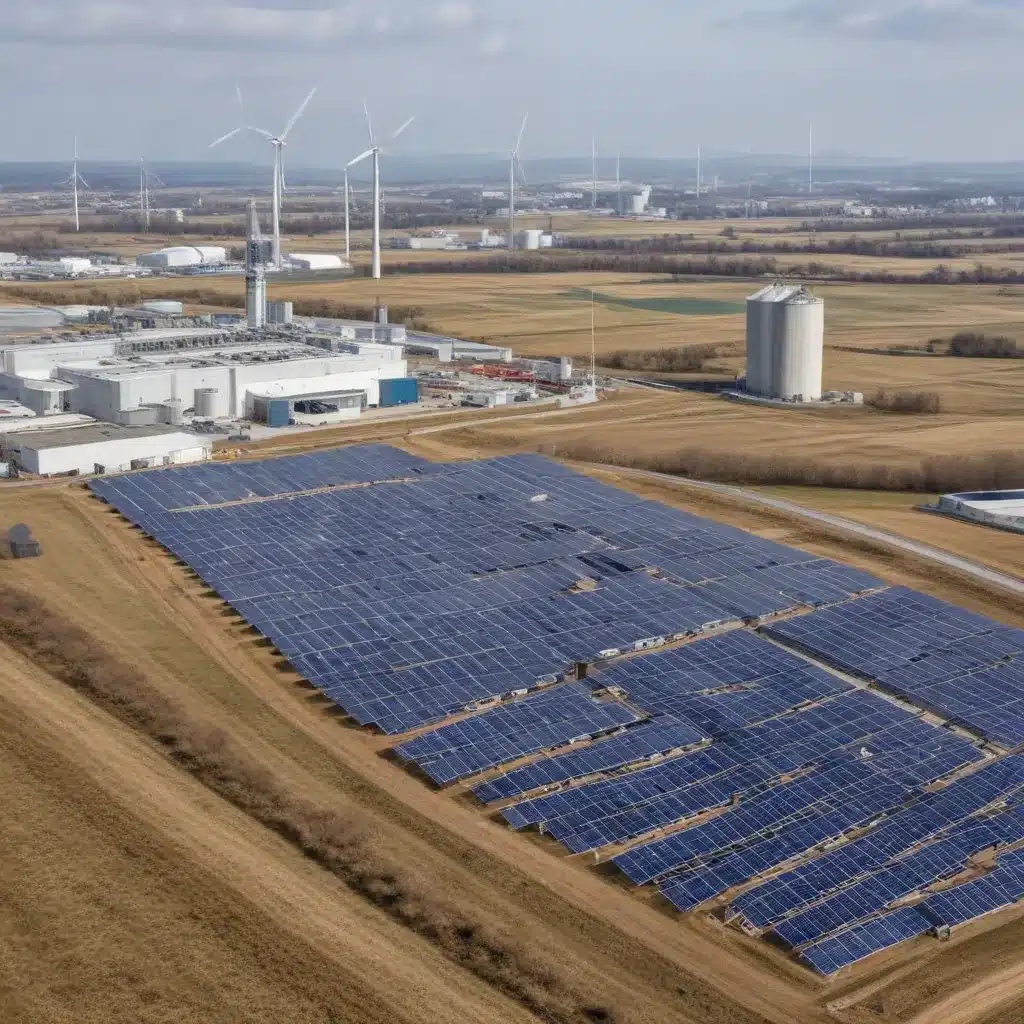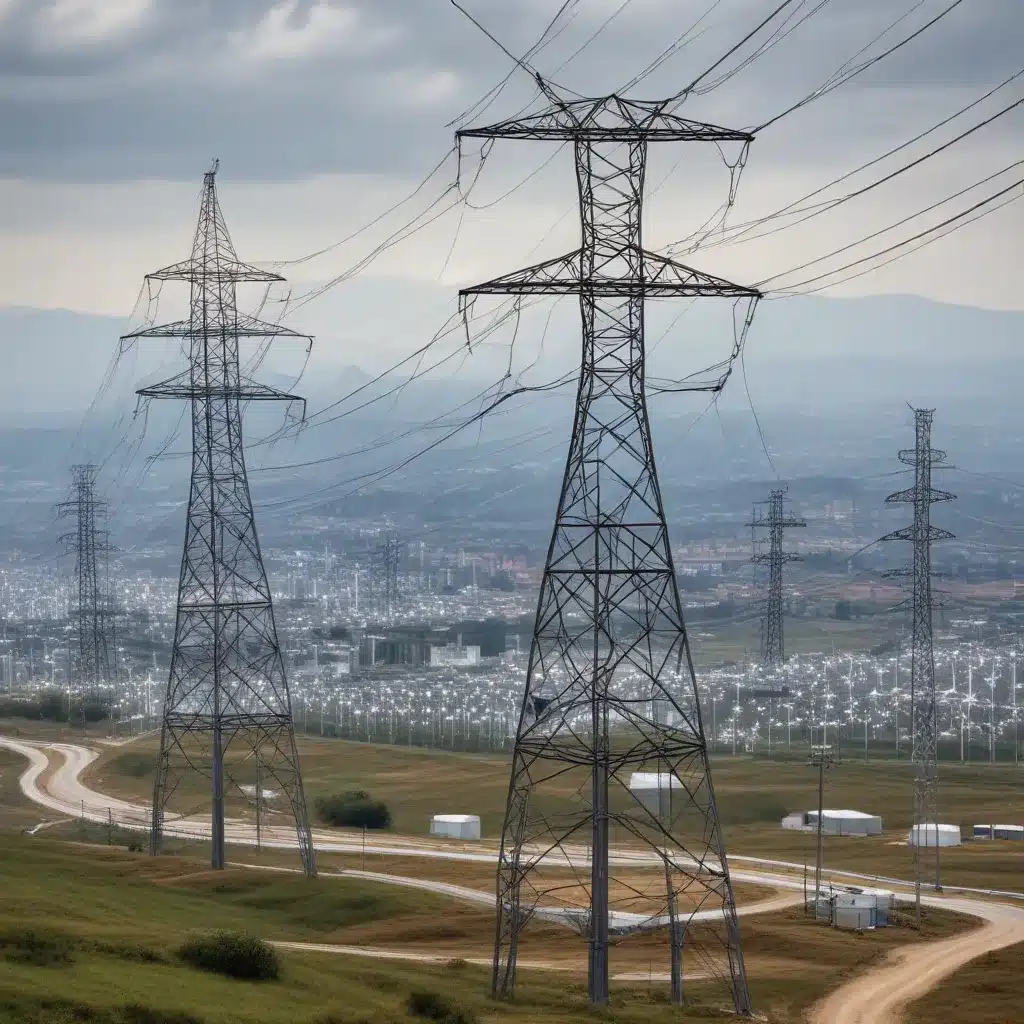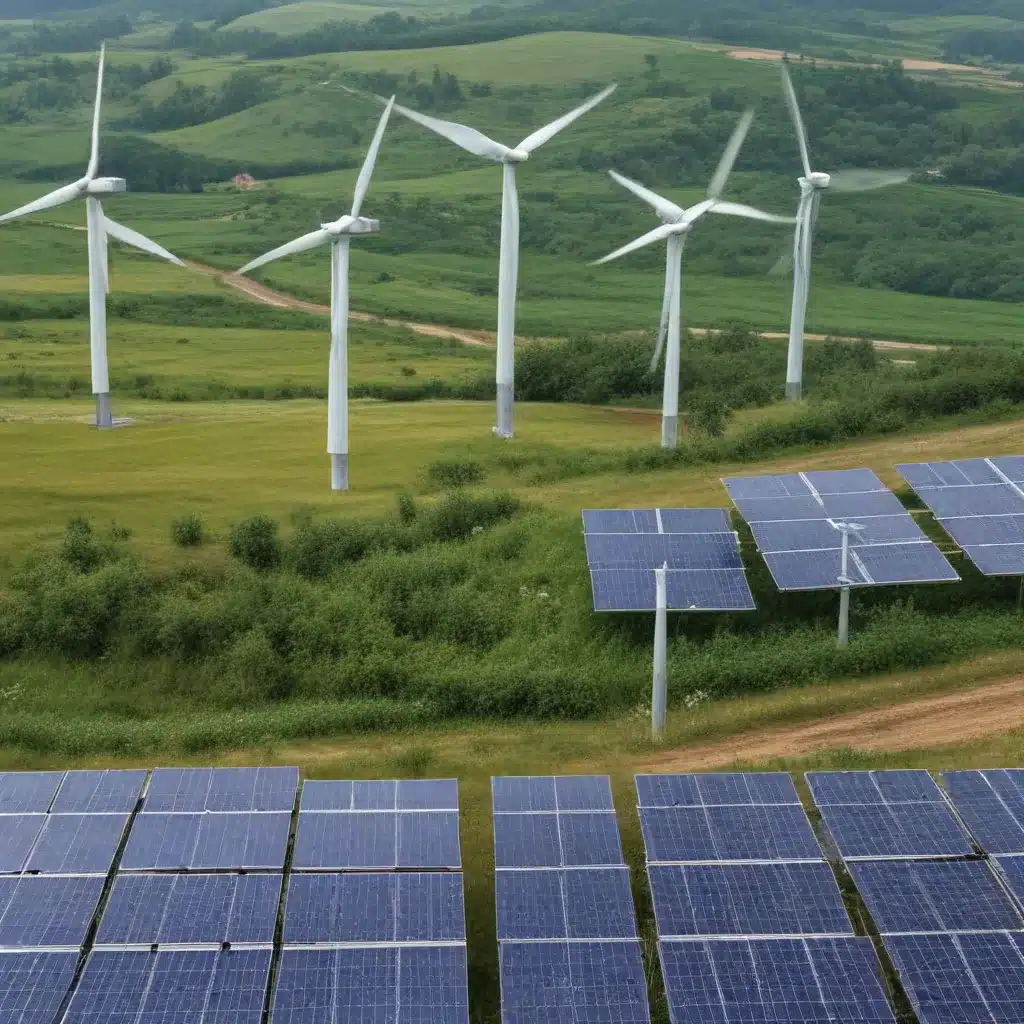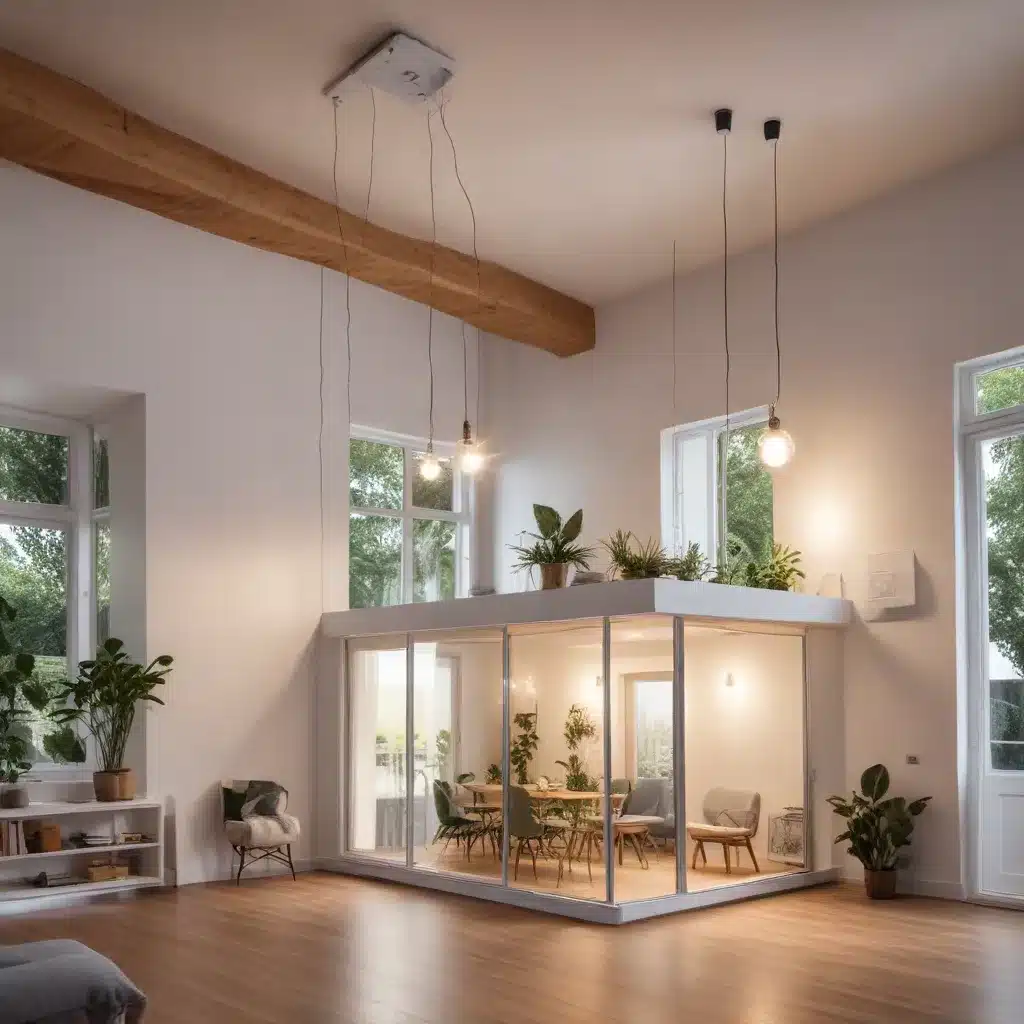
As the world increasingly shifts towards renewable energy sources, the electrification of homes has emerged as a crucial strategy for reducing our carbon footprint and building a more sustainable future. In Europe, where ambitious climate goals have driven rapid advancements in clean energy technology, homeowners are at the forefront of this transformation, embracing the all-electric home as a means to power their lives with renewable energy, improve indoor air quality, and achieve long-term cost savings.
The Benefits of Sustainable Home Electrification
The drive towards sustainable home electrification is multifaceted, offering a range of benefits that appeal to homeowners and the broader environmental landscape.
Reduced Carbon Footprint
By eliminating the need for fossil fuels in homes, sustainable electrification plays a vital role in curbing greenhouse gas emissions and mitigating the effects of climate change. As renewable energy sources like wind and solar continue to expand across the continent, homeowners can power their all-electric homes with clean, emissions-free electricity, reducing their carbon footprint and contributing to Europe’s broader decarbonization efforts.
Cost Savings and Efficiency
Contrary to popular belief, transitioning to an all-electric home can also deliver significant financial benefits for homeowners. With advancements in heat pump technology, energy-efficient appliances, and the declining costs of solar photovoltaic (PV) systems, the long-term savings on utility bills can often offset the upfront investment required. Furthermore, the integration of smart home technologies and energy storage solutions can help homeowners optimize their energy consumption and unlock even greater cost savings.
Improved Indoor Air Quality
The shift away from fossil fuel-powered appliances, such as gas stoves and furnaces, also has profound implications for indoor air quality. Burning natural gas and other fossil fuels can release harmful pollutants, including carbon monoxide and nitrogen dioxide, into the home environment. All-electric homes, on the other hand, eliminate these risks, providing homeowners with cleaner, healthier indoor air and reducing the potential for respiratory issues or other health concerns.
Transitioning to an All-Electric Home
To embrace the all-electric future, homeowners are taking a multifaceted approach, incorporating a range of technologies and strategies to transform their residences into sustainable, energy-efficient havens.
Electrifying Home Appliances
One of the primary steps in the transition to an all-electric home is the replacement of traditional gas-powered appliances with their electric counterparts. This includes swapping out gas stoves, furnaces, and water heaters for induction cooktops, heat pump systems, and electric water heaters, respectively. These upgrades not only eliminate the use of fossil fuels but also often provide superior performance and energy efficiency.
Renewable Energy Integration
Alongside the electrification of home appliances, homeowners are increasingly investing in solar PV systems to generate their own renewable energy. By pairing their all-electric homes with on-site solar power, homeowners can achieve net-zero or even net-positive energy performance, minimizing their reliance on the grid and further reducing their carbon footprint. The integration of battery storage systems also allows homeowners to store excess solar energy for use during periods of peak demand or grid outages.
Smart Home Technology
To optimize the efficiency and performance of their all-electric homes, homeowners are also embracing smart home technologies. These include programmable thermostats, energy monitoring systems, and home automation platforms that enable homeowners to precisely control and monitor their energy usage, identify opportunities for optimization, and seamlessly integrate renewable energy sources.
Overcoming Challenges in Home Electrification
While the transition to sustainable home electrification offers numerous benefits, there are also several challenges that homeowners and policymakers must address to ensure widespread adoption and success.
Infrastructure Considerations
One of the key challenges lies in the upgrading of electrical infrastructure to accommodate the increased demand for electricity. This may involve the reinforcement of distribution grids, the installation of high-capacity EV charging stations, and the development of smart grid technologies to manage the integration of renewable energy sources.
Household Energy Demand
Homeowners in colder climates may also face the challenge of increased energy demand for heating during the winter months. While heat pump technology has significantly improved the efficiency of electric heating systems, the higher electricity consumption during the winter can result in increased utility bills compared to gas-powered heating. Addressing this challenge may require a combination of energy-efficient home design, weatherization, and targeted policy incentives.
Incentives and Policies
To drive the widespread adoption of sustainable home electrification, policymakers and regulatory bodies play a crucial role in designing and implementing supportive incentives and policies. This may include tax credits, rebates, and utility programs that make the upfront costs of renewable energy systems and electric appliances more accessible for homeowners. Additionally, building codes and zoning regulations that mandate or encourage all-electric construction can help accelerate the transition.
The Future of Sustainable Home Electrification
As the world continues to grapple with the urgent need to address climate change, the future of sustainable home electrification holds immense promise. Emerging technologies and innovative collaborations are poised to drive the next wave of progress, further enhancing the viability and accessibility of all-electric homes.
Emerging Technologies
Ongoing research and development in areas such as energy storage, vehicle-to-grid (V2G) integration, and advanced heat pump systems are expected to unlock even greater efficiency and cost-savings for homeowners. Additionally, the integration of blockchain and artificial intelligence technologies into smart home systems can enable more sophisticated energy management and optimization.
Scalability and Adoption
As the benefits of sustainable home electrification become more widely recognized, the demand for all-electric homes is expected to surge. Policymakers and industry leaders are working to address the scalability challenges, ensuring that the necessary infrastructure, supply chains, and workforce are in place to meet the growing consumer interest. Successful models in countries like Sweden, where nearly half of the power generation comes from renewable sources, serve as inspiration for the rest of Europe.
Environmental Impact
Ultimately, the widespread adoption of sustainable home electrification holds the promise of a more sustainable future. By eliminating the use of fossil fuels in homes and harnessing the power of renewable energy, homeowners can significantly reduce their carbon footprint and contribute to the larger goal of achieving a net-zero emissions economy. As the European Future Energy Forum continues to highlight the advancements and best practices in this field, the path towards a greener, more resilient home energy landscape becomes increasingly clear.

